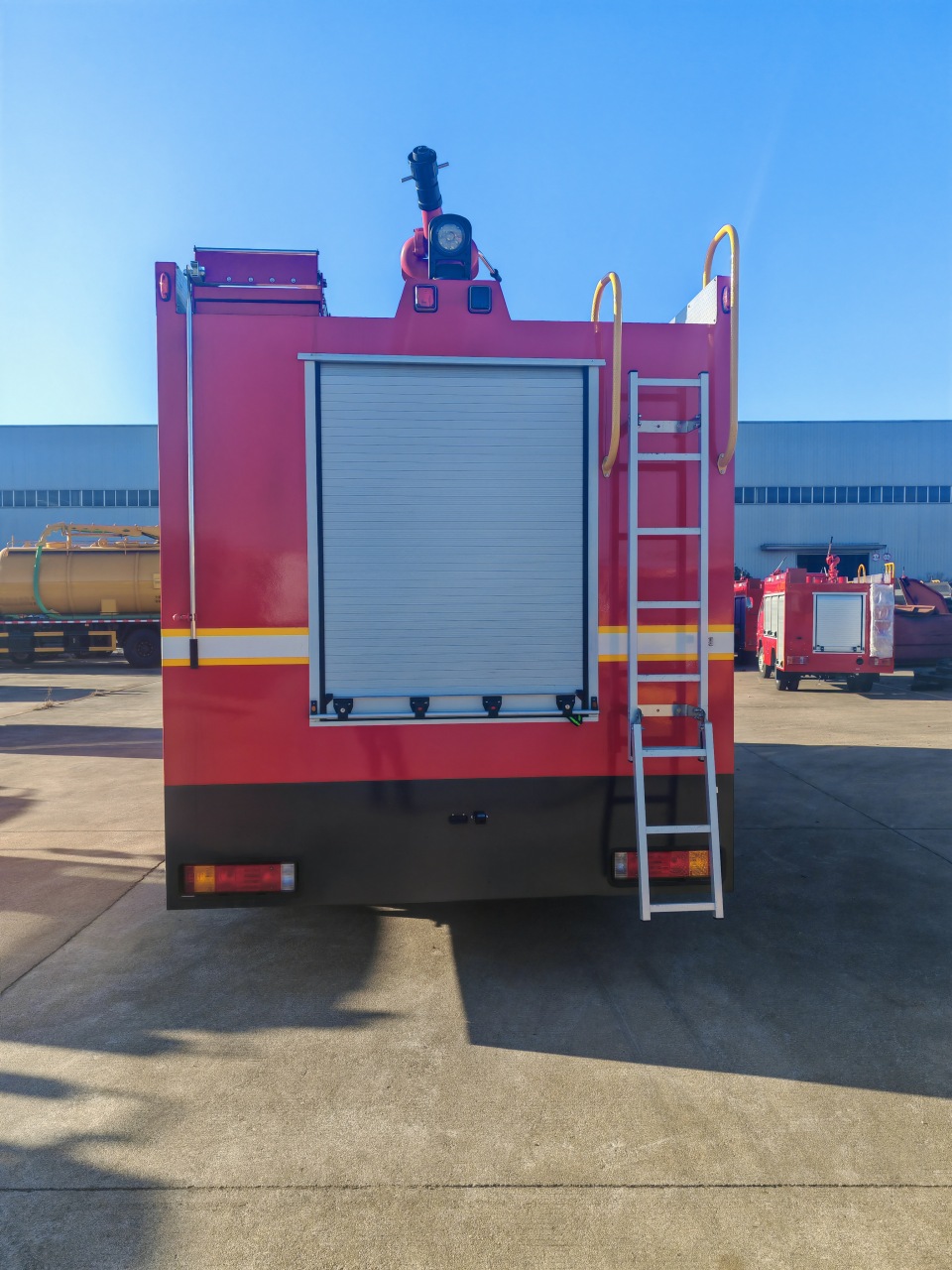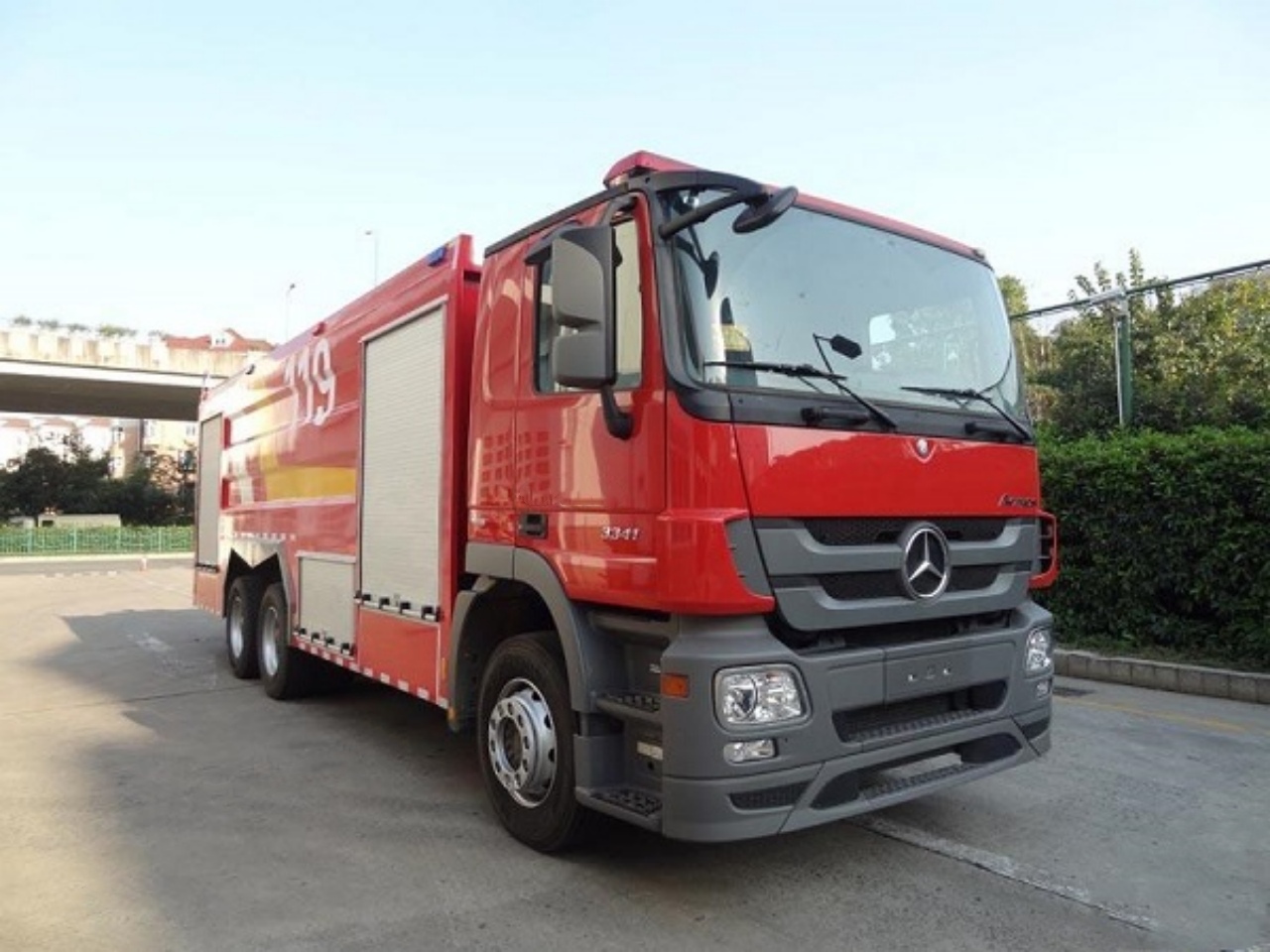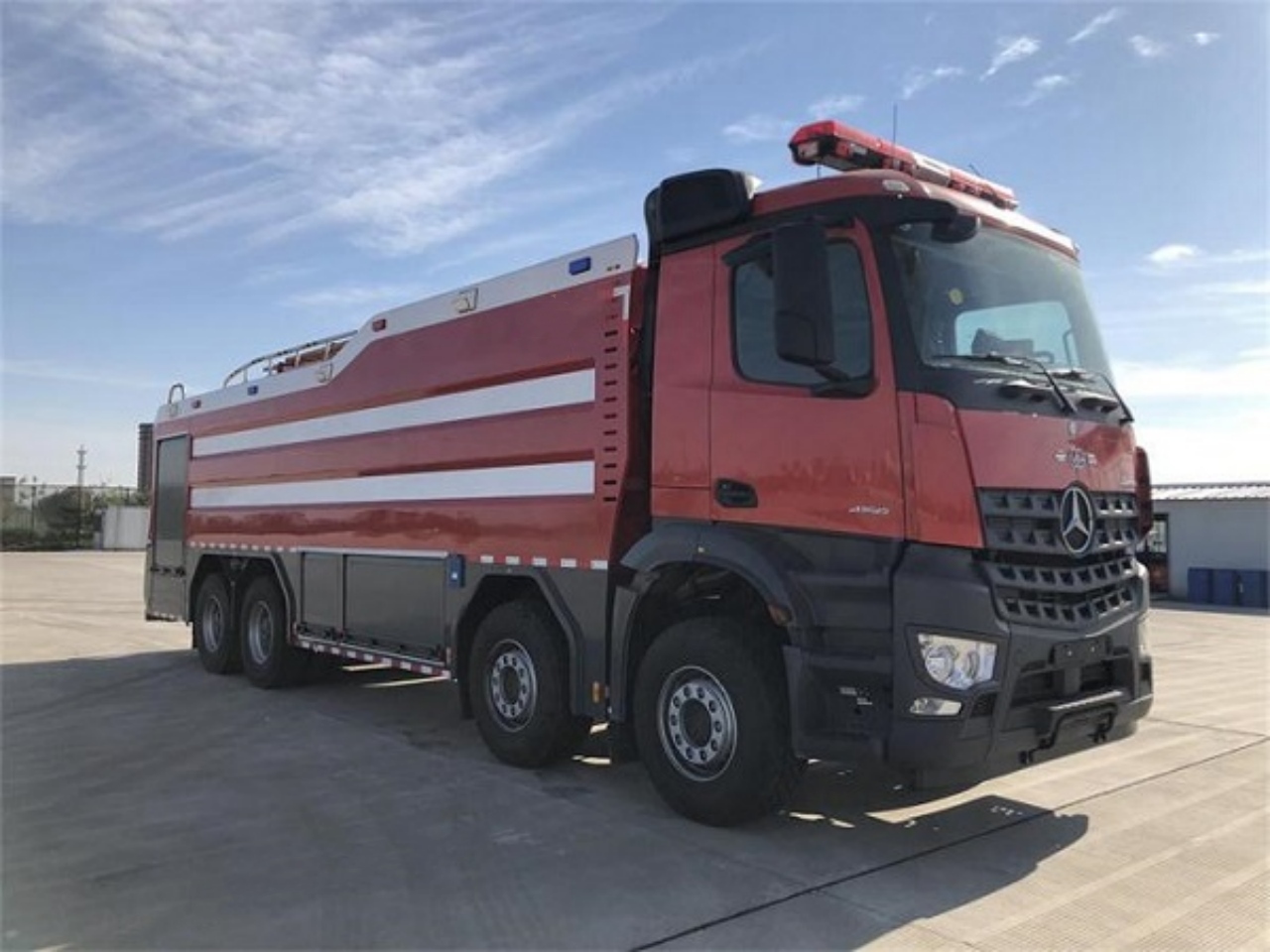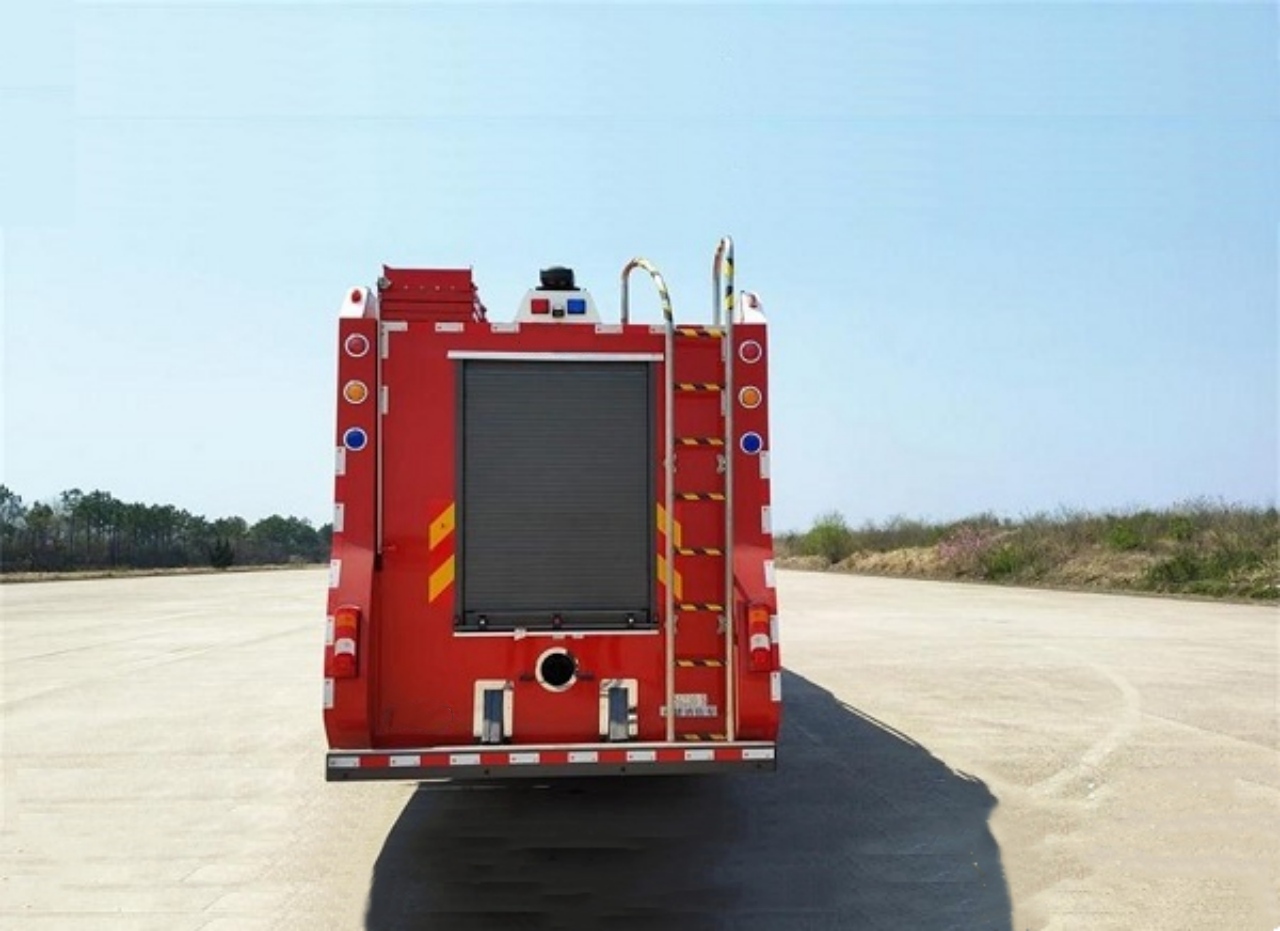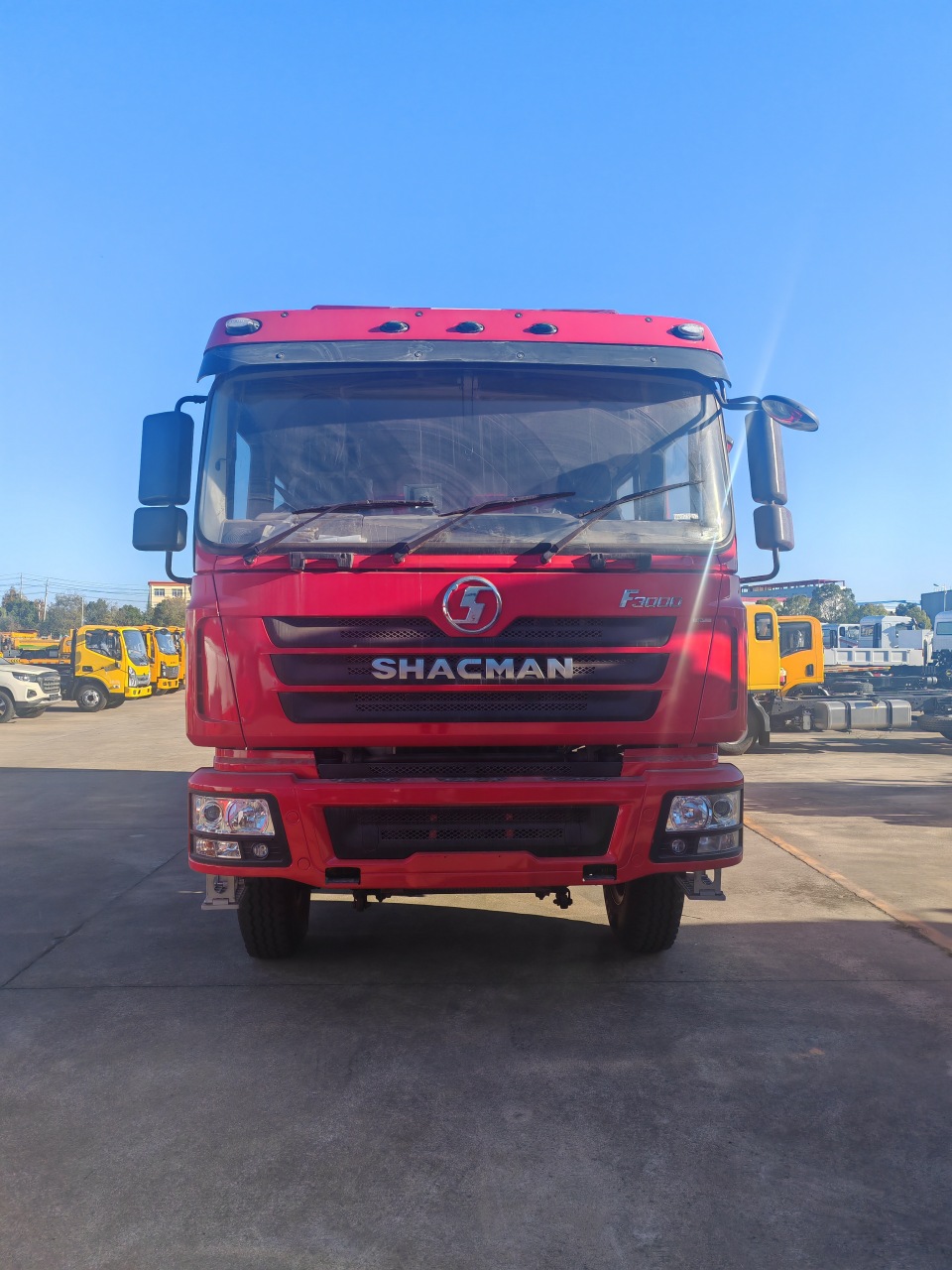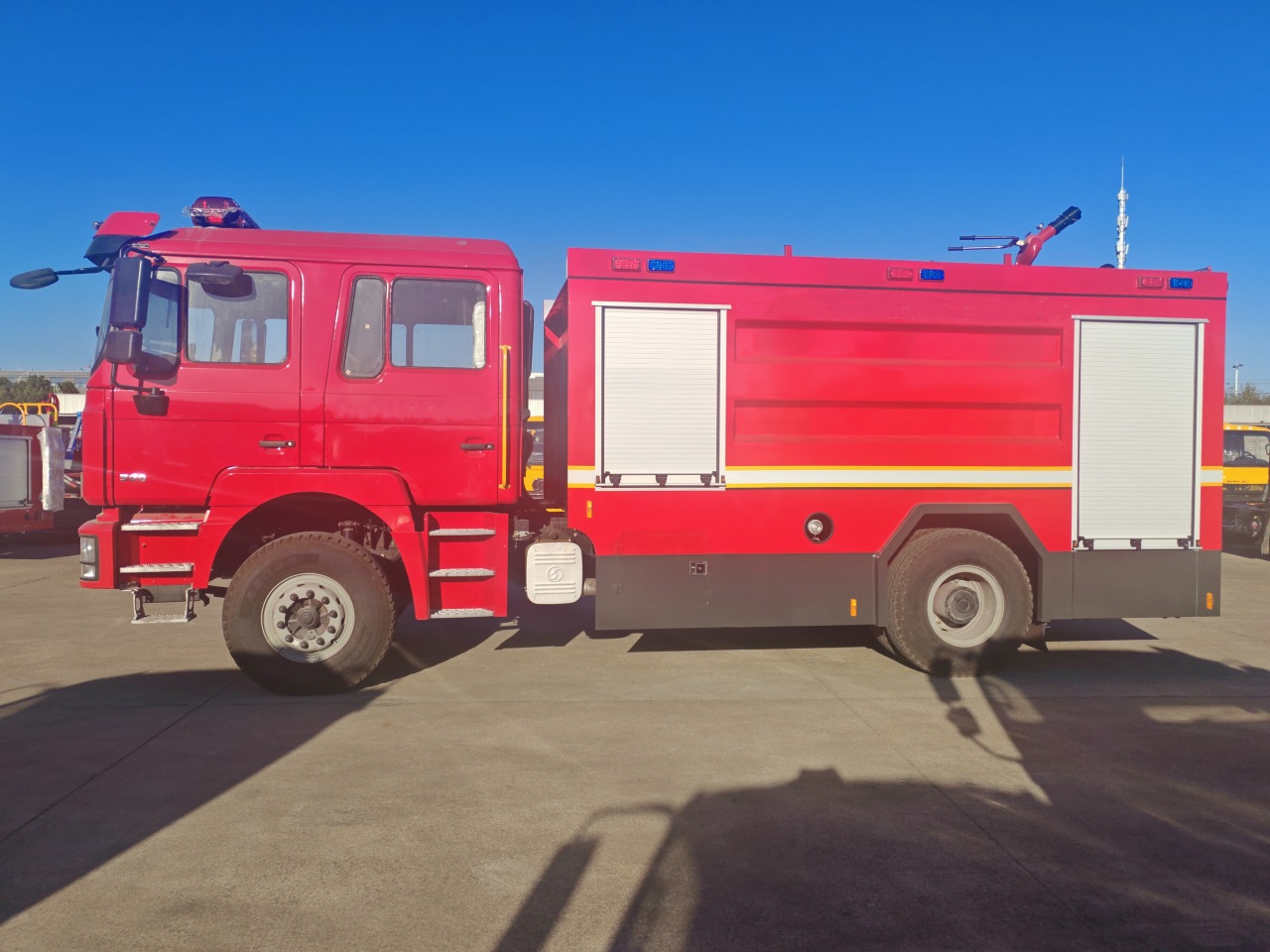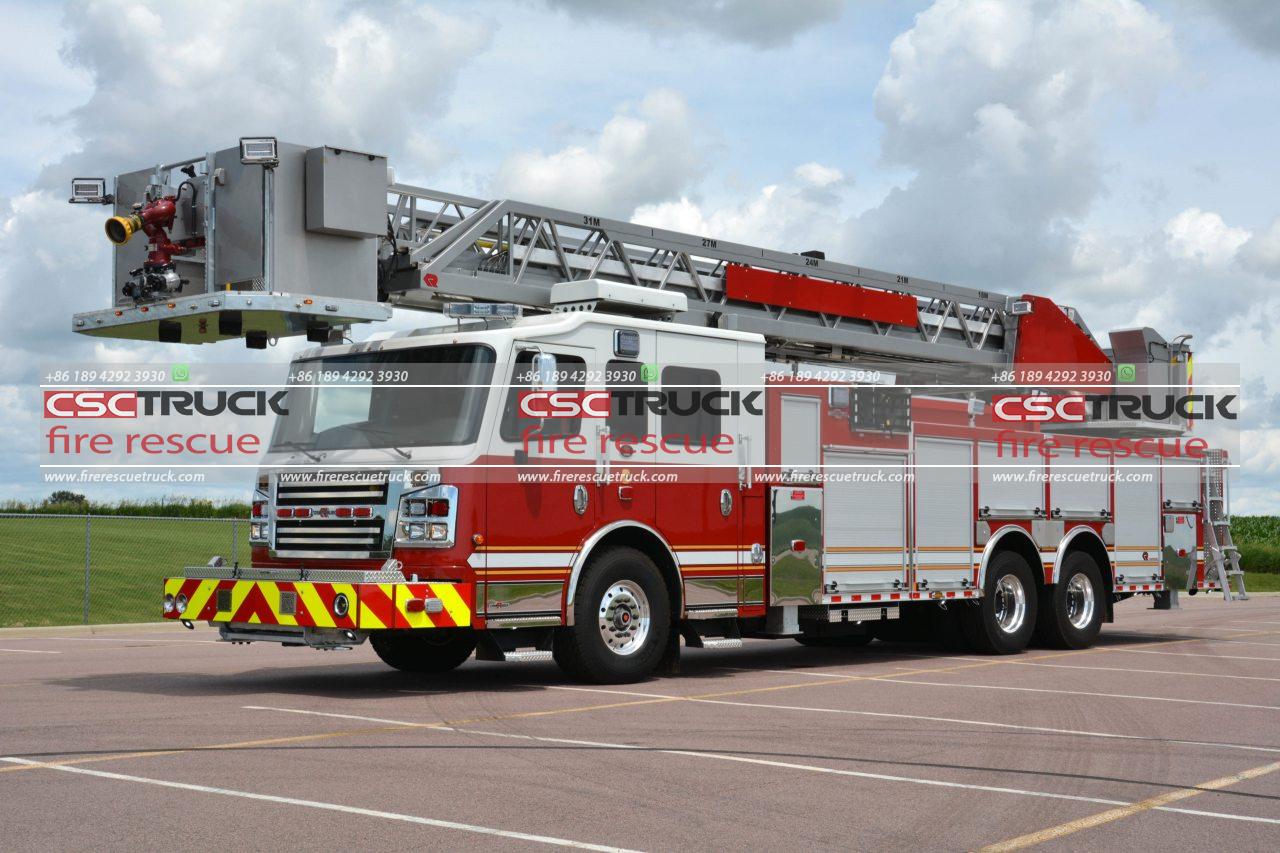In the world of firefighting, not all fire trucks are created equal. Among the many types used by fire departments worldwide, the tanker fire truck—also known as a water tender—plays a critical role in emergency response, especially in rural or remote areas where hydrants are few and far between. This specialized vehicle serves one primary function: delivering large volumes of water to the scene of a fire. But what exactly is inside a tanker fire truck? Let’s open the compartments, look beneath the steel frame, and explore what makes this powerful machine an essential part of firefighting operations.
Purpose and Overview of a Tanker Fire Truck
Before diving into the components, it’s important to understand the purpose of a tanker fire truck. Unlike traditional pumpers or ladder trucks, a tanker is not primarily designed to suppress fire directly. Instead, its main function is to transport and supply water where it’s needed.
Tanker trucks are invaluable in areas lacking reliable municipal water systems. In these settings, access to water can mean the difference between containing a fire and watching it spread uncontrollably. Tanker trucks either support engines that fight the fire or act as a temporary water source, constantly shuttling back and forth from the fire scene to a water supply point.
The Heart of the Truck: The Water Tank
The most defining feature of a tanker fire truck is, of course, the water tank. This massive tank is typically constructed from polypropylene, fiberglass-reinforced plastic, or stainless steel for durability and corrosion resistance.
Capacity
Tank sizes vary greatly depending on the department’s needs and the truck’s size. A standard capacity ranges from 1,000 to 3,000 gallons (3,785 to 11,356 liters), but some specialized models can carry even more. In some rural areas, tanker trucks are custom-built to hold up to 5,000 gallons.
Internal Design
Most tanks are baffled, featuring internal walls with holes to prevent water from sloshing violently while the truck is moving. Baffling improves vehicle stability and handling, which is crucial when transporting such a heavy, shifting load.
Pumps and Plumbing
Although the tanker’s primary job is transportation, many tanker trucks are equipped with pumps to deliver water directly to a hose line or fill another engine’s tank.
Onboard Pumps
Some tankers come with centrifugal pumps, typically ranging from 500 to 1,250 gallons per minute (GPM). These allow the tanker to act as a backup pumper in urgent situations.
Dump Valves and Quick-Dump Systems
Rather than pumping water, many tankers are designed to “dump” water rapidly into portable tanks (also called drop tanks or folding tanks) at the fire scene. These tanks serve as reservoirs for fire engines to draw from. Dump valves are usually mounted at the rear, side, or both, allowing quick offloading—often within 2 minutes for a 3,000-gallon tank.
Jet Assist Systems
To improve water offloading speed, some trucks include jet assist or vacuum systems, increasing the efficiency of water transfer.
Portable Water Tanks
A crucial companion to the tanker truck is the portable water tank. These collapsible, frame-supported reservoirs are stored onboard and deployed at the fire scene. Once set up, the tanker dumps its load into the tank, then leaves to refill while other apparatus draw water from the portable tank.
These tanks are made of PVC or vinyl-coated fabric and come in various sizes, typically matching or exceeding the tanker’s capacity. Multiple tanks can also be connected in series to increase overall water availability.
Hoses and Connections
Though not as extensively equipped as a pumper truck, a tanker still carries a range of hoses and adapters.
- Hard suction hoses: Used when drafting from a static water source like a pond or portable tank.
- Supply hoses: Large-diameter hoses (LDH) to transfer water to pumpers.
- Fill lines: Connected to hydrants or other tankers for refilling.
- Adapters and fittings: To connect to various sizes of couplings and nozzles, ensuring interoperability between different trucks and departments.
Safety and Control Systems
Firefighting involves hazardous environments, so tanker fire trucks are designed with several safety and control features.
Emergency Lighting
Tanker trucks feature an array of LED warning lights, sirens, and scene lighting for visibility and operational safety during night responses or poor visibility conditions.
Control Panels
A centralized control panel manages pump pressure, tank level indicators, valve positions, and more. Some modern systems use digital interfaces with touchscreen displays and remote operation.
Brake and Suspension Systems
Due to the heavy loads carried, tankers are built with air brake systems and heavy-duty suspension setups, sometimes incorporating tandem axles or drop axles for stability.
Cab and Crew Accommodations
Unlike larger engines that might carry a full crew, tanker trucks usually have 2 to 3 seats, typically for a driver and 1 or 2 firefighters. The cab includes:
- Radios and communications gear
- GPS navigation
- Incident response documents
- Vehicle monitoring systems
Additional Equipment
Though not their primary role, many tanker trucks carry additional gear for basic fireground support, including:
- Hand tools (axes, halligans, sledgehammers)
- Spare nozzles and hose fittings
- Portable lighting
- Traffic cones and signs
- Spill kits or absorbents in case of leaks or minor hazmat incidents
Some also include self-contained breathing apparatus (SCBA) and turnout gear in case the crew needs to assist in fire suppression or rescue.
Specialty Variants
Certain tanker fire trucks are customized for unique applications:
- Vacuum tankers: Used in wildfire operations or rural areas to draw water from lakes, rivers, or cisterns.
- Combination pumper/tanker trucks: Equipped with both large tanks and full pumping capacity, acting as versatile assets in small departments.
- Articulated or off-road tankers: Designed for rugged terrains like forests or mountainous regions.
Conclusion
A tanker fire truck may not have the visual appeal of a ladder truck or the central role of a pumper engine, but its importance cannot be overstated. Without a reliable water supply, even the most skilled firefighters are rendered ineffective. Tankers fill that critical gap—carrying life-saving water where it’s needed most and doing so efficiently, quickly, and safely.
Packed with engineering precision, rugged components, and mission-focused design, the tanker fire truck is more than just a big water tank on wheels—it’s a vital piece of the emergency response puzzle, ensuring that firefighters have what they need when the call comes in.
